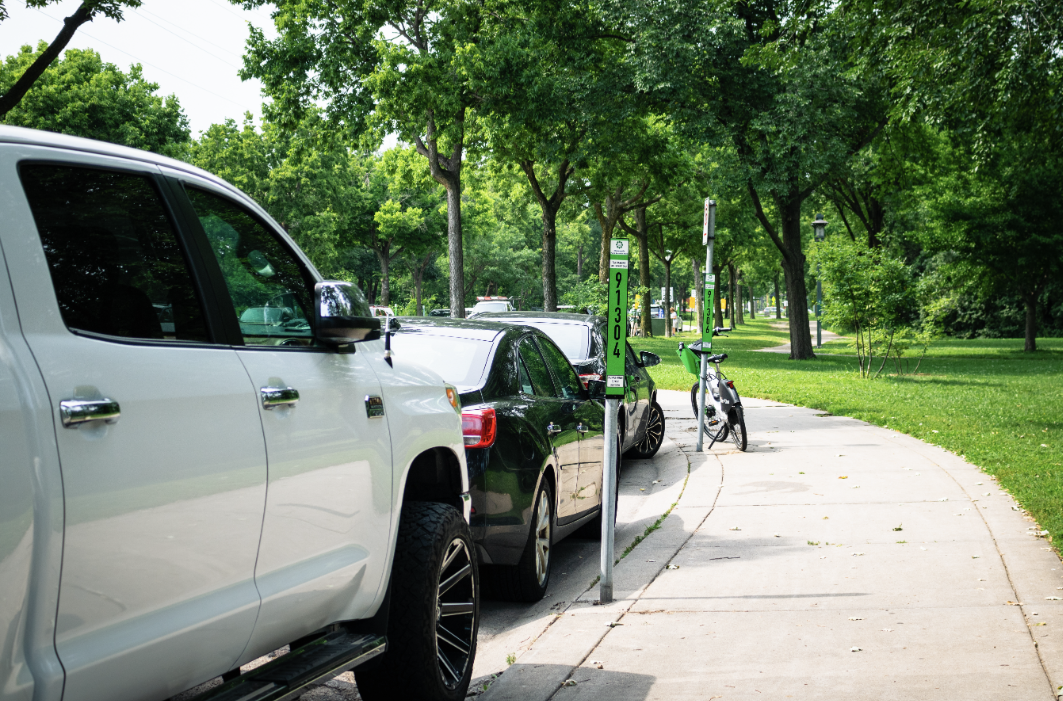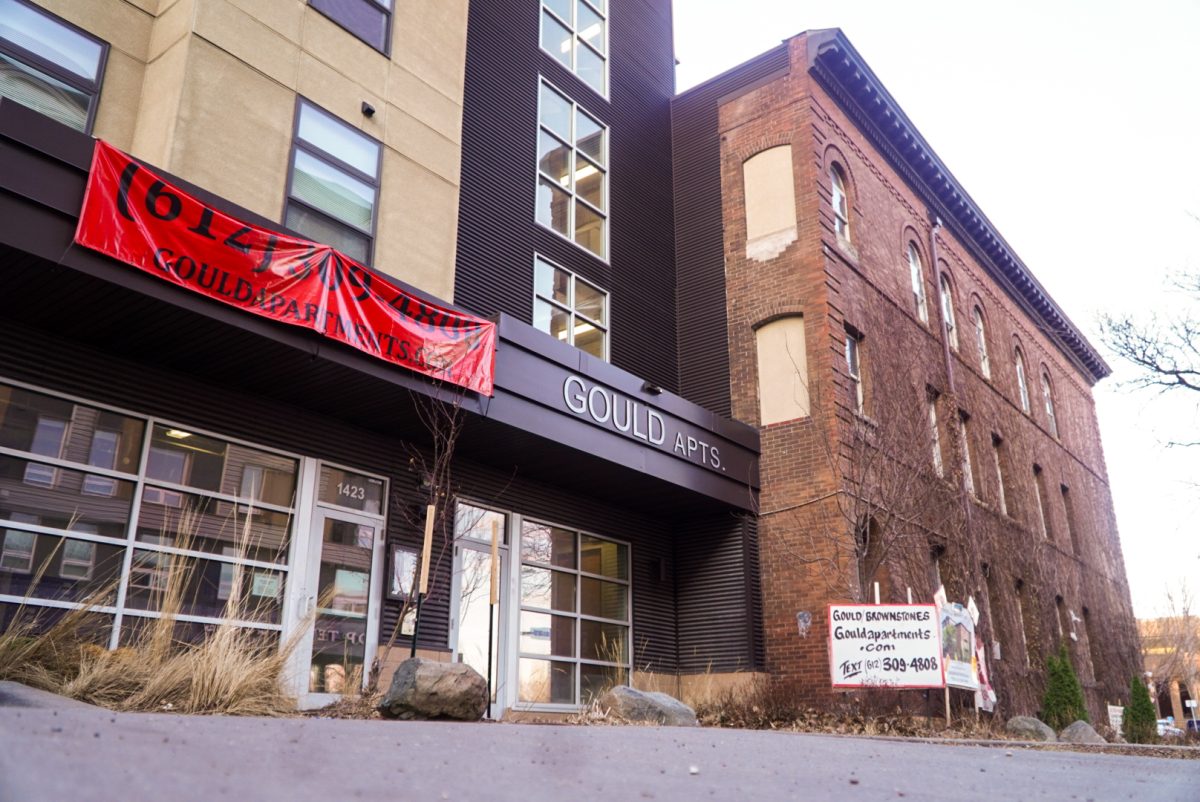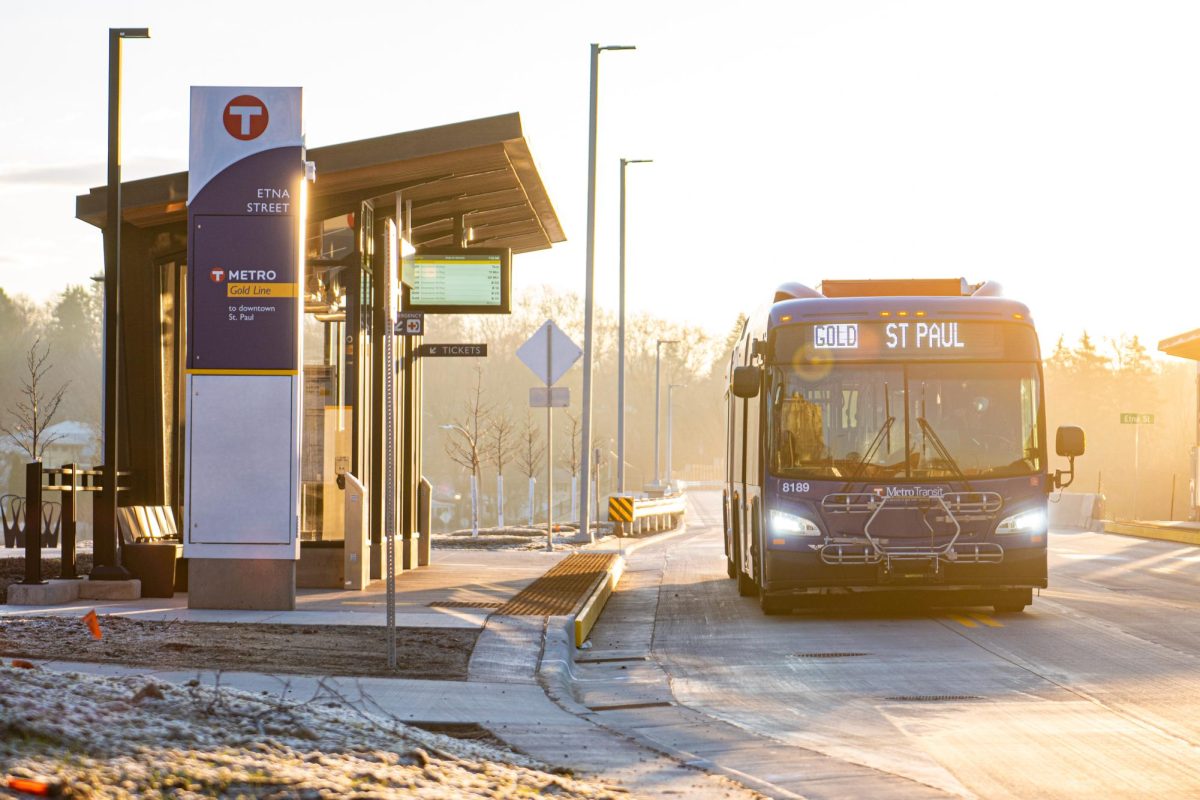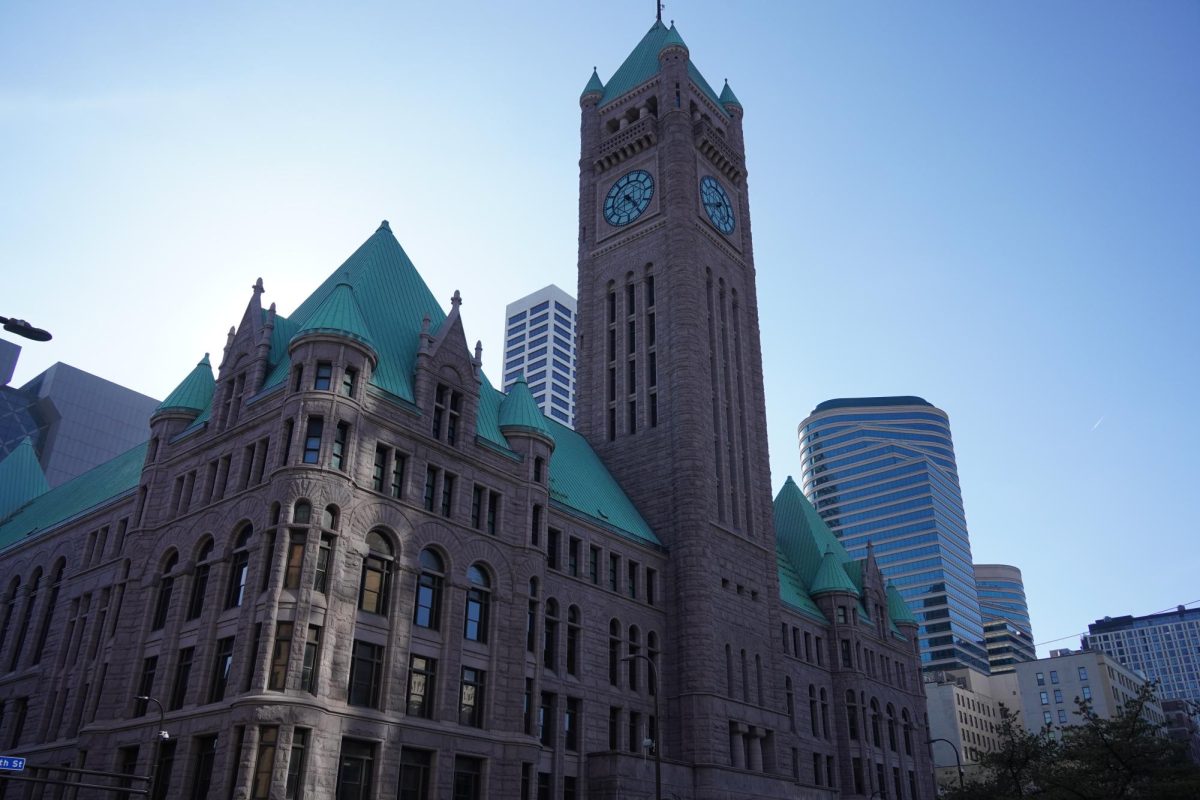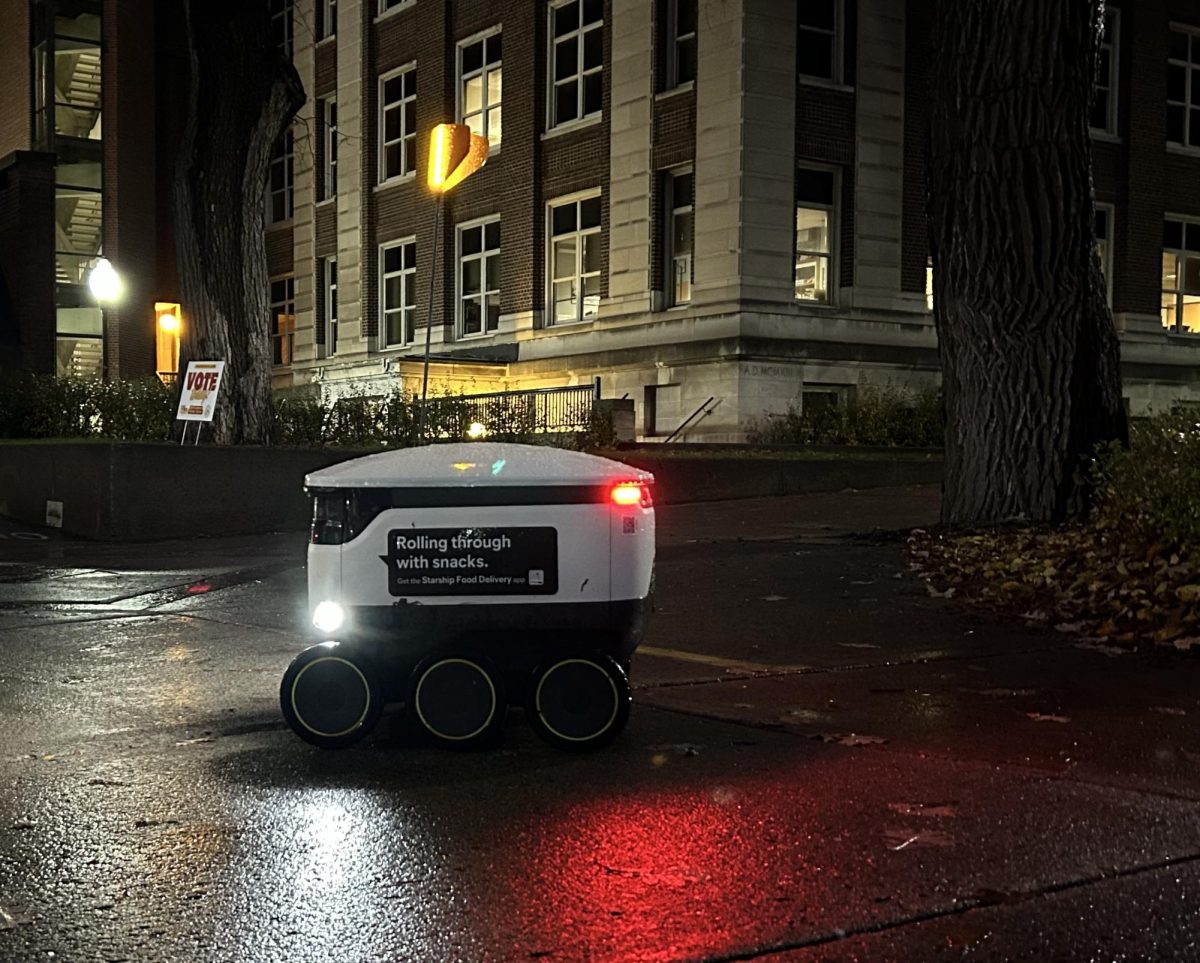Proposed parking changes around the University of Minnesota will change time-restricted parking to metered parking and no-parking areas to time-restricted parking.
Critical Parking Areas (CPAs) is a resident permit parking program where parking restrictions are placed on streets. Permitted resident vehicles are exempt from the restrictions, according to the City of Minneapolis website.
The program helps expand parking access for residents in neighborhoods with high parking demand, like colleges and universities, public parks, medical centers and commercial districts.
Dillon Fried, mobility and curbside manager of Traffic and Parking Services said the project is split into three phases. The Minneapolis City Council approved the first phase during its meeting Thursday.
The University is the focus of phase one, with phase two focused primarily on downtown Minneapolis. Phase three will focus on all other areas in the city not addressed by phases one or two.
There are 31 different parking zones around Minneapolis, many of which were created in the late 20th century, Fried said. The initiative to change those parking zone designations started a few years ago, with interns going out in 2023 to evaluate land use and count permits.
“We’ve kind of noticed that the restrictions in a lot of the zones are no longer really relevant because they were established decades ago in most cases,” Fried said.
Many areas around the University used to be single-family residential homes or duplexes, but have been torn down and replaced, Fried said.
Webmaster of the Prospect Park Neighborhood Association website Andy Mickel said in a statement to the Minnesota Daily that he has taken photos of double-parked cars in front of the Quad on Delaware apartment building as an effect of the city putting in metered parking spaces along the south side of Delaware Street.
Fried said phase one of this initiative will affect parking around M Health Fairview on West Bank, East Bank’s Stadium Village and the University’s Law School.
“Basically all of the blocks that were transitioning away from resident permit to some other type of management strategy, whether it’s metered parking or there’s one where we’re not doing any, we’re just making it free parking,” Fried said.
Allan Klugman, principal professional engineer of Public Works, said these new parking changes will be done before the University starts in the fall.
“We want (the changes) to reflect the current demands and characteristics of the area,” Klugman said. “As areas change, we just want to stay up to date with our parking management strategies.”
While the modernization of CPAs is not a direct action of the City of Minneapolis’ Transportation Action Plan, a follow-up document made after the 2040 Plan, Fried said it is still an important effort.
“We feel like this effort matches the spirit of a number of the initiatives in the Transportation Action Plan about evaluating our curb space to make sure it’s being used for our highest and best uses, and ensuring that our current curbside management strategies do align with the broader goals of the Transportation Action Plan,” Fried said.
Fried said the initiative is intended to fit with the broader community and the city by increasing access.
“It’s really meant to improve public access to these areas by limiting where we have the residential restriction,” Fried said. “It allows better public access to the areas and better aligns with our broader goals around curbside management.”


